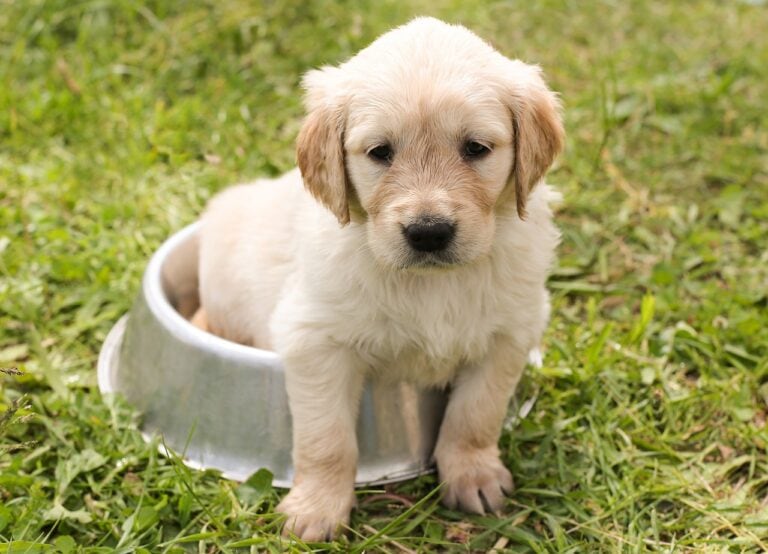6 Steps to Successful Crate Training: A Comprehensive Guide for Your Puppy
Crate training is a pivotal part of introducing a new puppy to your home, offering a multitude of benefits from safety to aiding in house training. By following a structured, step-by-step approach, you can make the crate a positive environment for your puppy. Let’s dive into the 6 essential steps to successful crate training, designed to help you and your puppy enjoy the process and reap the long-term benefits.

Step 1: Choosing the Right Crate
- Size and Comfort: Ensure the crate is big enough for your puppy to stand, turn around, and lie down comfortably but snug enough to prevent using one end as a bathroom. Consider a crate with adjustable dividers to accommodate your puppy’s growth.
Step 2: Introducing Your Puppy to the Crate
- Positive Association: Place the crate in a social area of your home and make it inviting with a soft bed and toys. Use treats and praise to encourage your puppy to explore and enter the crate voluntarily.
Step 3: Feeding Meals Inside the Crate
- Building Comfort: Begin feeding your puppy their meals inside the crate to create positive associations. Gradually close the door during meal times, opening it as soon as they’re done, and slowly extend the time the door stays closed.
Step 4: Increasing Crate Time During the Day
- Short Durations: Start with crating your puppy for short periods while you’re at home. Use a command to encourage entry, rewarding them with a treat. Gradually increase the duration, ensuring your puppy remains calm and comfortable.
Step 5: Crating Your Puppy When Alone
- Gradual Departures: Once your puppy is comfortable in the crate for about 30 minutes without anxiety, start using the crate when you leave the house. Keep departures low-key to avoid creating anxiety around your leaving.
Step 6: Overnight Crating
- Close to You: Initially, keep the crate in your bedroom or a nearby area to reduce loneliness and allow you to respond if your puppy needs a late-night bathroom break. Establish a consistent nighttime routine to help your puppy settle.
FAQs
- Q: What should I do if my puppy cries in the crate?
- A: Crying can be common in the initial stages of crate training. Ensure your puppy’s needs are met before crating. If they cry, wait until there’s a brief pause in whining to let them out, reinforcing that quiet behavior is rewarded.
- Q: How long can puppies stay in the crate?
- A: The guideline is no more than one hour for each month of age. Puppies younger than six months old shouldn’t stay in a crate for more than a few hours at a time, except overnight.
Crate training your puppy using these 6 steps can establish a sense of security and personal space for your dog, assisting with house training and preventing destructive habits. Patience, consistency, and positive reinforcement are key throughout this process. Remember, the crate should always be associated with positive experiences, making it a safe haven your puppy enjoys.
- American Kennel Club (AKK) – Crate Training Your Puppy: This guide by the AKC offers an in-depth look at the benefits of crate training, how to get started, and tips for success. AKC Crate Training Guide
- The Humane Society of the United States – Crate Training 101: The Humane Society provides a comprehensive overview of crate training, including choosing the right crate and making it comfortable for your puppy. Humane Society Crate Training
- PetMD – Crate Training for Puppies: PetMD’s crate training article offers veterinary-approved advice and tips on crate training, addressing common questions and concerns that new puppy owners might have. PetMD Crate Training
- Preventive Vet – Puppy Crate Training Schedule: A helpful resource for creating a crate training schedule that works for you and your puppy, offering tips on how to adjust the schedule as your puppy grows. Preventive Vet Crate Training Schedule








One Comment